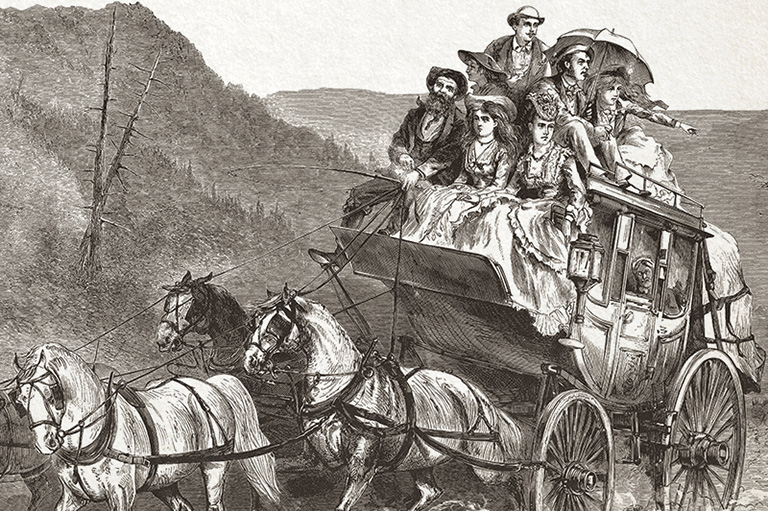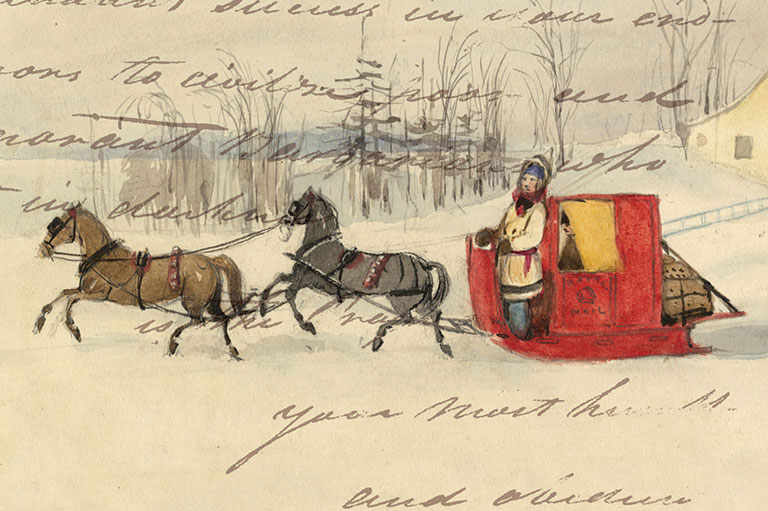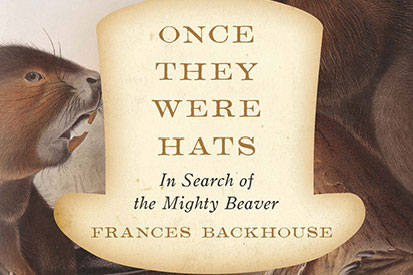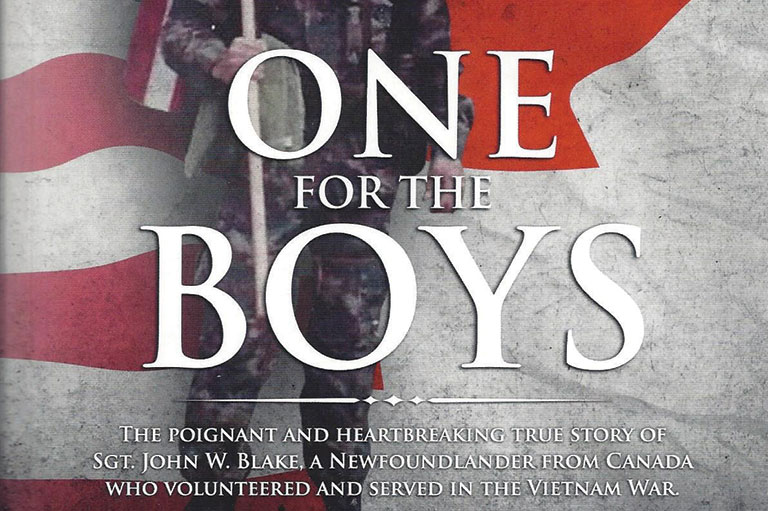2025 Summer Reading Guide
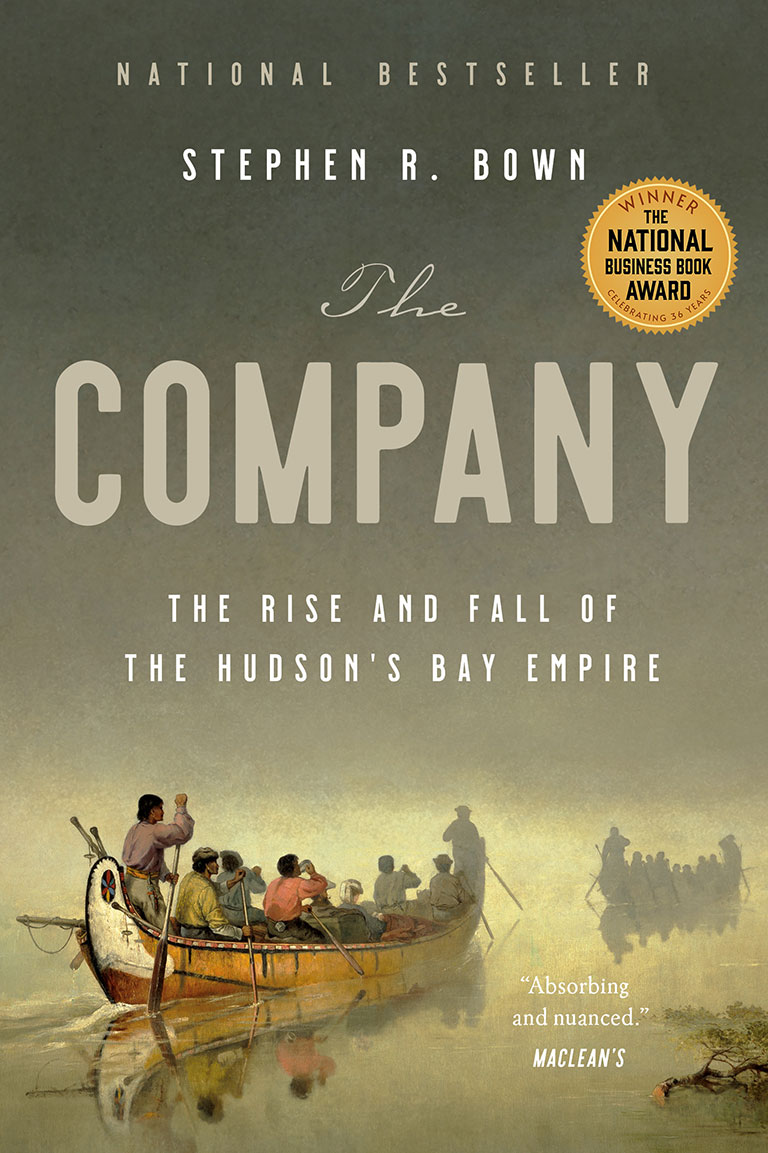
The Company
The Rise and Fall of the Hudson’s Bay Empire
by Stephen R. Bown
The story of the Hudson’s Bay Company, dramatic and adventurous and complex, is the story of modern Canada’s creation. And yet it hasn’t been told in a book for over 30 years, and never in such depth and vivid detail as in Stephen R. Bown’s exciting telling. The Company: The Rise and Fall of the Hudson’s Bay Empire, a national bestseller and the winner of The J.W. Dafoe Book Prize and the 2021 National Business Book Award, is out now in paperback.

No Place Like Home
Enemy Alien Internment in Canada during the Great War
by Bohdan S. Kordan
No Place Like Home chronicles a little-known episode in Canada’s national history: when internment was first employed during the Great War under the War Measures Act. It brings to the fore new perspectives on both Canadian internment and the role and responsibility of government in war. Focusing on the status of enemy aliens and the blurring of the military/civilian distinction, the book also takes a broader social view of the period and offers a critical assessment of the various camp experiences.
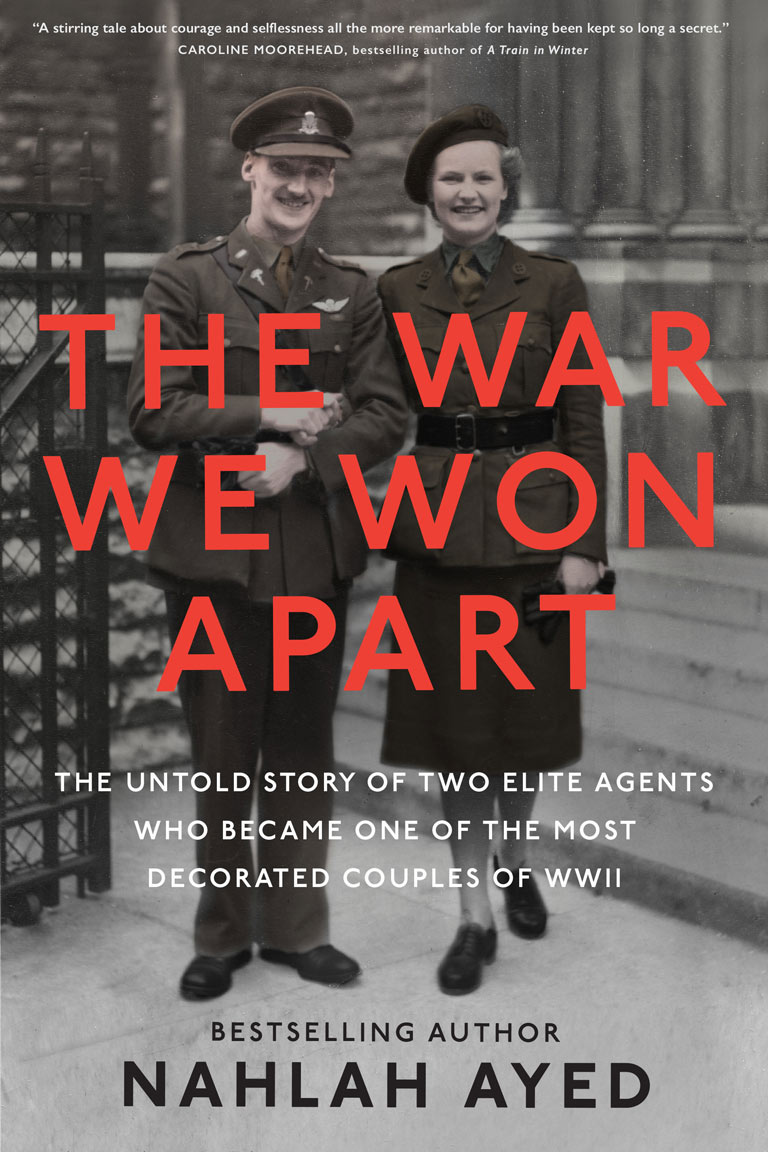
The War We Won Apart
The Untold Story of Two Elite Agents who Became One of the Most Decorated Couples of WWII
by Naylah Ayed
The War We Won Apart is the untold true story of two elite agents, Sonia Butt, an adventurous young British woman, and Guy d’Artois, a French-Canadian soldier, who became one of the most decorated couples of WWII. Reconstructed from hours of unpublished interviews and hundreds of archival documents, award-winning writer Nahlah Ayed tells a vivid account of the ravaging costs of war paid disproportionately by the young.

The Historic Architecture of Prince Edward Island
by H. M. Scott Smith
This impressive limited edition compilation is the culmination of 30 years of research and documentation of Prince Edward Island’s built heritage by award-winning author and architect H.M. Scott Smith. Meticulously detailed and beautifully illustrated, this is the only comprehensive study of pre-1914 architectural history in The Garden of the Gulf.
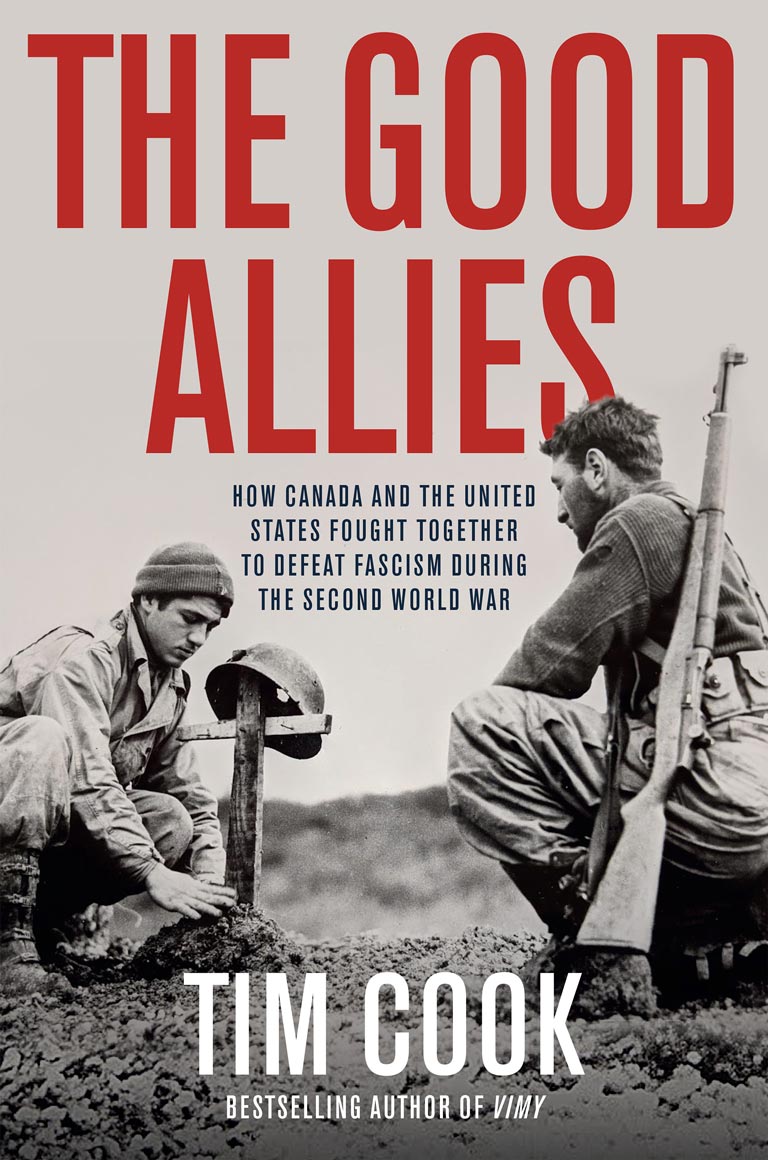
The Good Allies
How Canada and the United States Fought Together to Defeat Fascism during the Second World War
by Tim Cook
From Tim Cook, our country’s most important war historian, comes The Good Allies, a gripping and masterful account of the turbulent relationship between Canada and the US during WWII. From wary rivals to steadfast allies, The Good Allies recounts two nations’ story of cooperation, sacrifice, and of bleeding together to save the world from the fascist threat, and is especially timely now for those looking to better understand the complex relationship between Canada and the US.
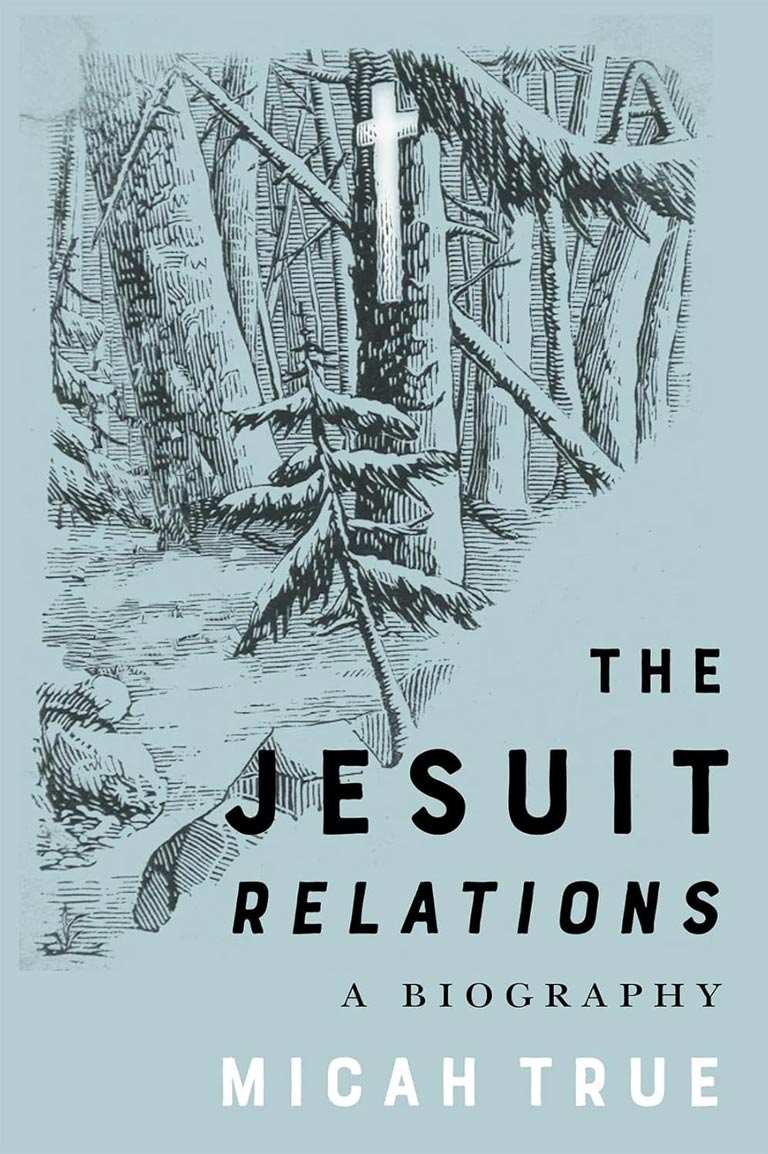
The Jesuit Relations
A Biography
by Micah True
The Jesuit Relations were a series of annual reports written by missionaries between 1632 and 1673 in what was then New France. Analysing the contextual factors of its production, Micah True suggests that the texts were also, in fact, shaped by others including Indigenous people, lay settlers, nuns and readers in France. The book questions popular notions of authorship and production of these texts, thereby providing a more complex picture of a primary source that has played a major role in public understanding of the colonial history of North America.
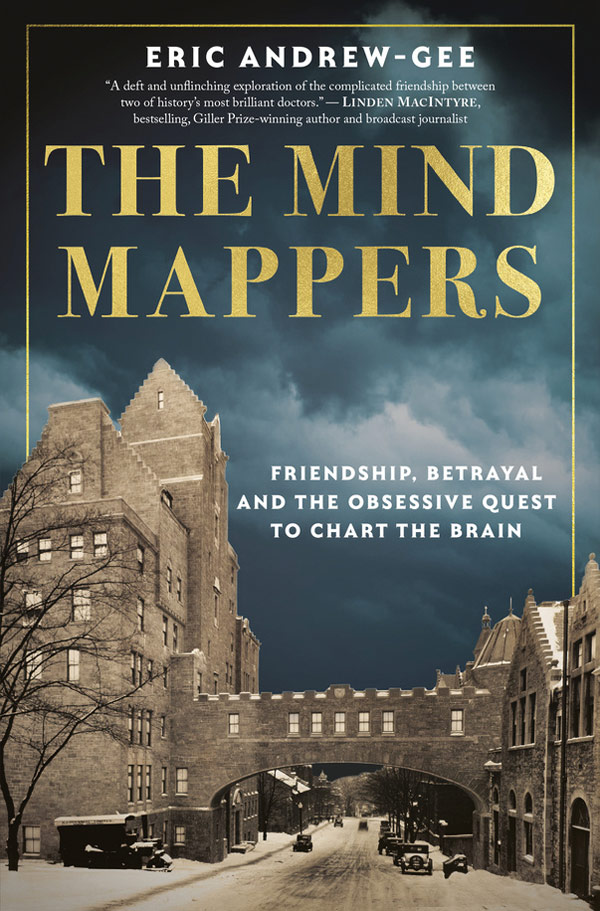
The Mind Mappers
Friendship, Betrayal and the Obsessive Quest to Chart the Brain
by Eric Andrew-Gee
In the 1920s, Wilder Penfield and William Cone revolutionized the study of the brain. The surgeons formed a partnership and established the Montreal Neurological Institute, the world’s leading centre for neurological study. But their success came at the cost of their friendship. In this compelling dual biography, journalist Eric Andrew-Gee weaves together the rich histories to reveal the story of one of the birthplaces of neuroscience, writing Dr. Cone back into the historical record.

Beyond the Rink
Behind the Images of Residential School Hockey
by Alexandra Giancarlo, Janice Forsyth and Braden Te Hiwi
Beyond the Rink recontextualizes and repatriates photos from the 1951 Sioux Lookout Black Hawks hockey team's promotional tour, bringing together Indigenous studies, history and visual sociology to reveal the complicated role of sports in residential school histories.
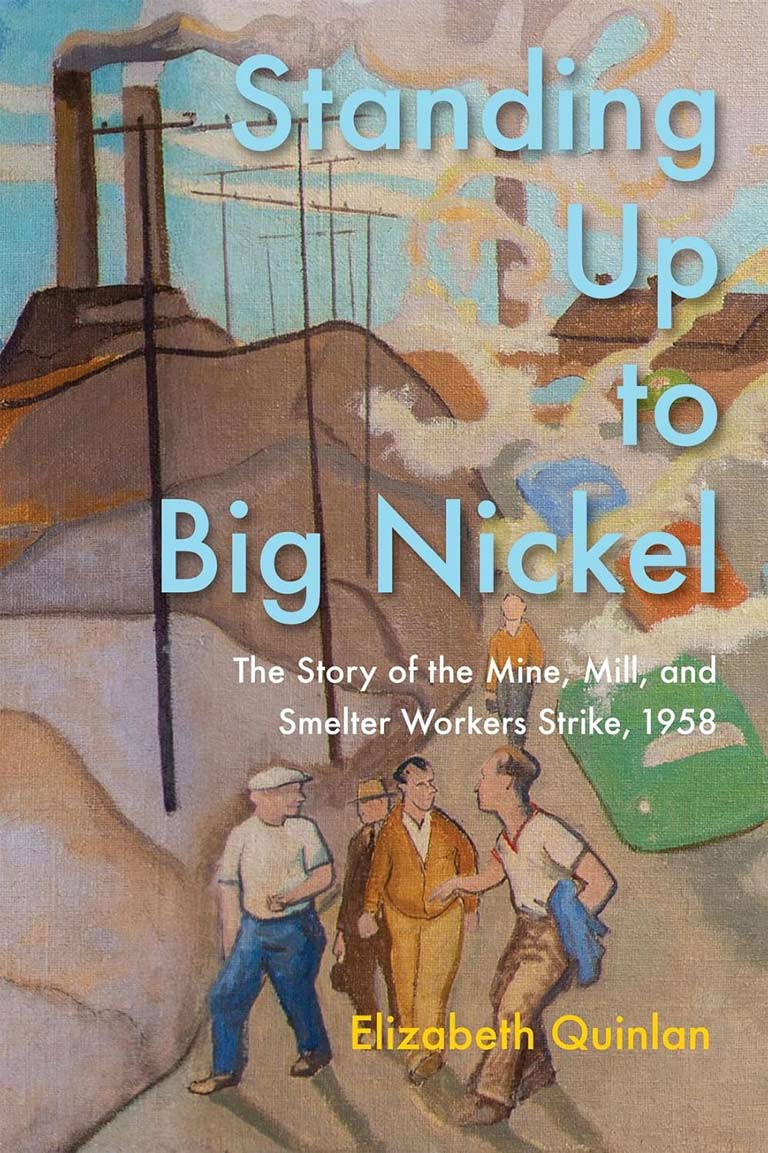
Standing Up to Big Nickel
The Story of the Mine, Mill, and Smelter Workers Strike, 1958
by Elizabeth Quinlan
Standing Up to Big Nickel is a comprehensive portrait of a pivotal strike by the International Union of Mine, Mill, and Smelter Workers, a union that has inspired exceptional levels of solidarity among its members. Against the backdrop of the Cold War, retrospective accounts by surviving union members, leaders, family and community members bring to life the history of a distinctive group of workers who sweated over smelter furnaces and toiled underground in perilous conditions. This book documents one of Canada’s greatest strikes in both magnitude and duration.
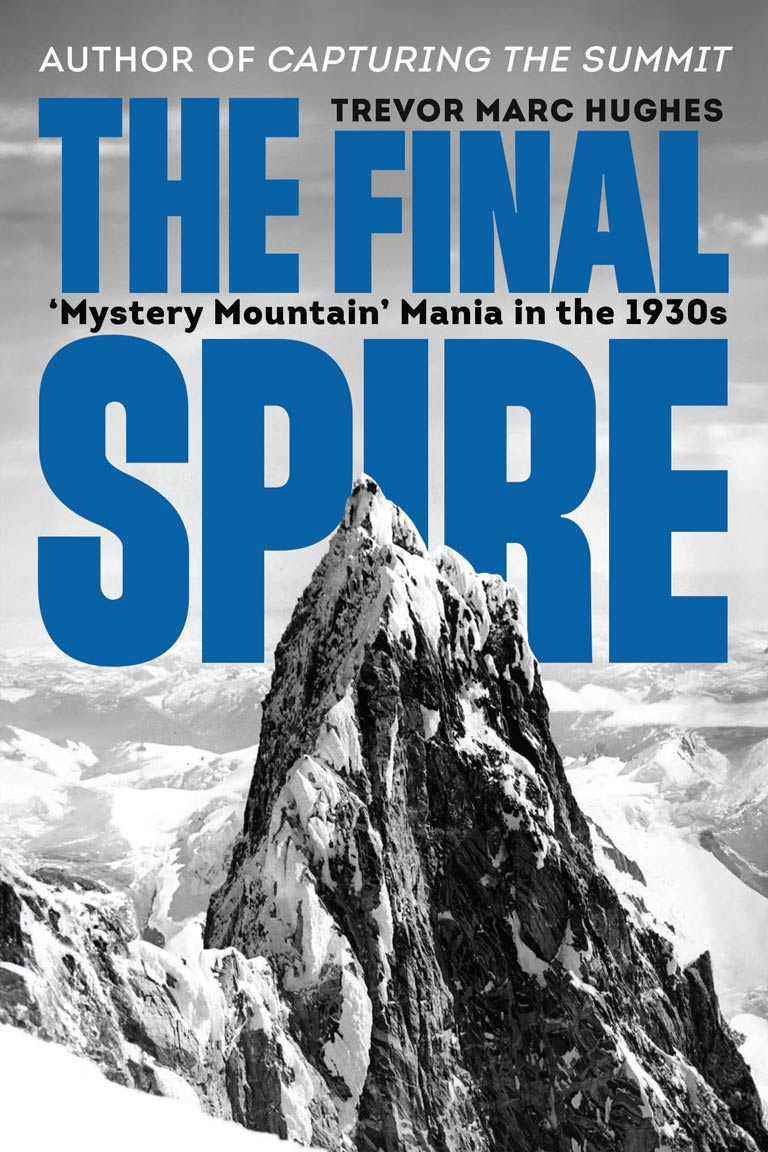
The Final Spire
‘Mystery Mountain’ Mania in the 1930s
by Trevor Marc Hughes
In 1934, four mountaineers from Manitoba piled into their Plymouth and pointed its headlights west to Tatlayoko Lake in British Columbia. Their goal? To conquer B.C.’s tallest mountain. But the mountain’s central spire is a nightmarish image for any climber: a sheer column of barren rock encased in ice. However, its irresistible allure electrified the public and the race was on.
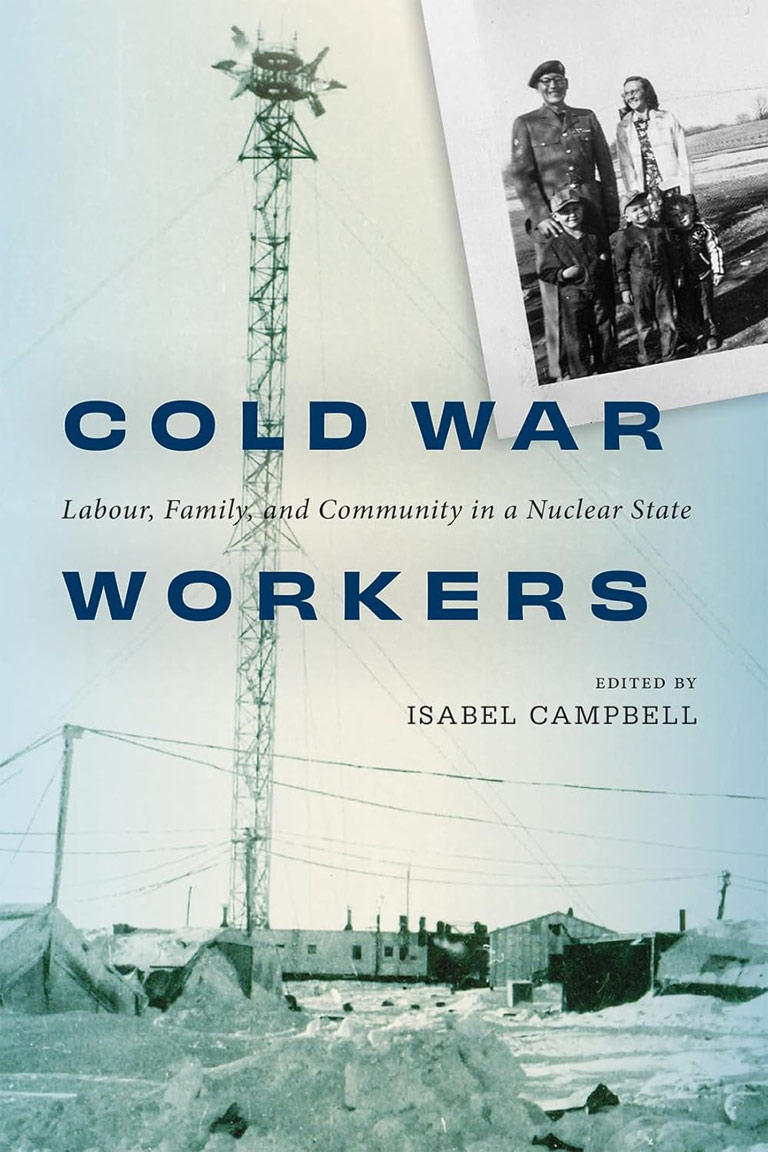
Cold War Workers
Labour, Family, and Community in a Nuclear State
edited by Isabel Campbell
As the Cold War led Canada to protect its borders and its allies, many people were recruited to build the emerging security state. By comparing the experiences of different types of workers, families and communities, Cold War Workers reveals how race, gender and privilege affected people in varied and sometimes unexpected ways. The militarization and colonization of Indigenous lives and lands was especially disruptive; this book raises questions about the influence of settler-colonial masculine institutional values on those who laboured for the Cold War state and society.

A Light in the Field
Lighthouses, fishery buildings, barns and mills of Prince Edward Island
by H. M. Scott Smith
Award-winning author and architect H.M. Scott Smith offers readers a fascinating glimpse at PEI’s blue collar architecture — its lighthouses, barns and mills — in this beautiful book.
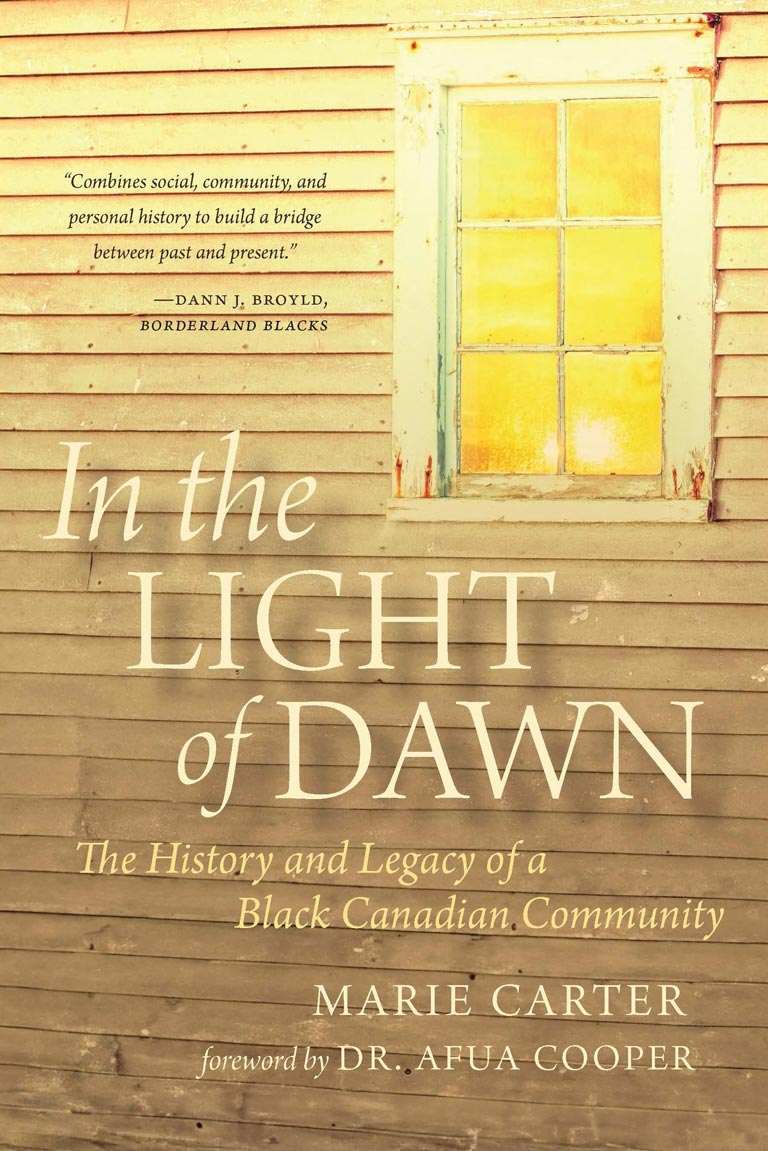
In the Light of Dawn
The History and Legacy of a Black Canadian Community
by Marie Carter
In the Light of Dawn shines a spotlight on the Dawn Settlement, a historic abolitionist community in rural Ontario. Along a 200-year continuum of resistance and contribution, Dawn’s history (and that of its residents) intersected with important abolitionist figures like Frederick Douglass and civil rights movement figures like Rosa Parks. Activism from community members resulted in landmark actions such as the challenge to segregation of private businesses and publicly funded schools.
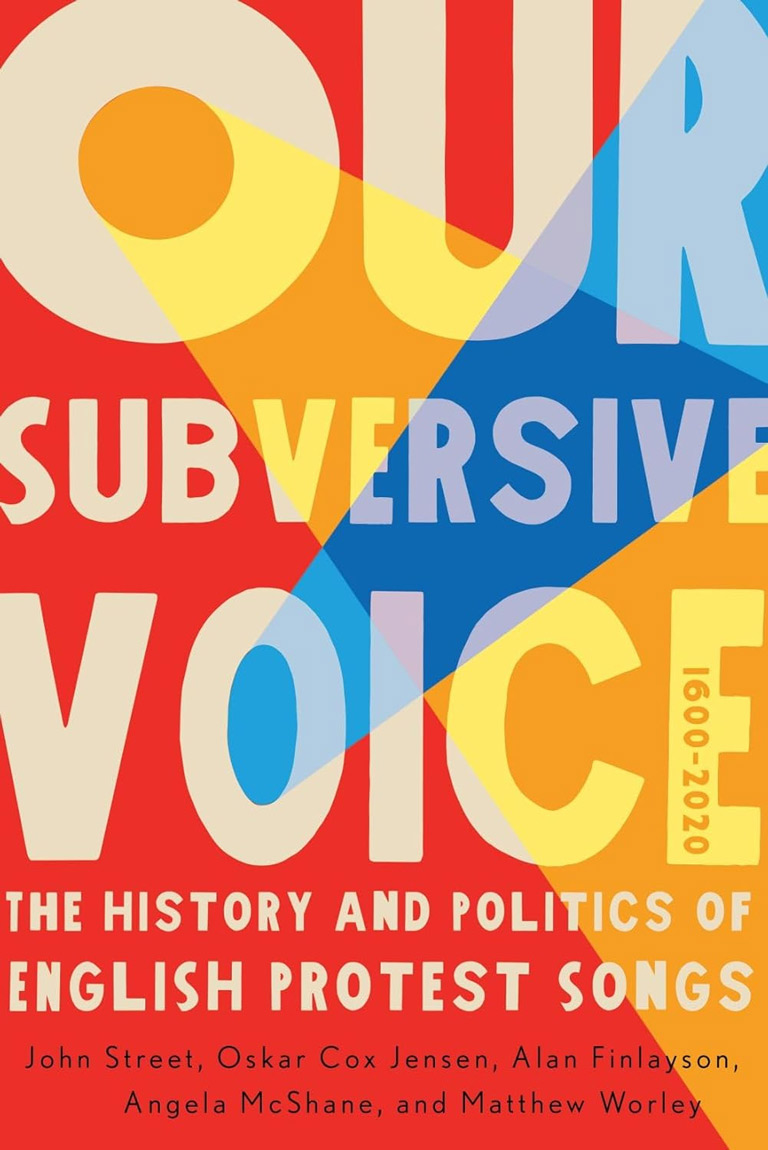
Our Subversive Voice
The History and Politics of English Protest Songs, 1600–2020
by John Street, Oskar Cox Jensen, Alan Finlayson, Angela McShane, and Matthew Worley
Our Subversive Voice traces the history of the protest song, examines its rhetorical forms, and explores the conditions of its genesis. It recounts how these songs have addressed discrimination and inequality, exploitation and the environment, and immigration and identity, and how institutions and organizations have sought both to facilitate and to suppress them. Drawing on a large and diverse corpus of songwriters, this book argues that song does more than accompany protest: it choreographs and communicates it.

Deyoháha:ge:
Sharing the River of Life
edited by Daniel Coleman, Ki’en Debicki and Bonnie M. Freeman
Deyoháha:ge:— meaning two roads or paths in the Cayuga language — evokes the Covenant Chain-Two Row Wampum. This Haudenosaunee wampum showed how Indigenous people and newcomers could build peace and friendship by respecting each other’s cultures, beliefs and laws as they shared the river of life. Written by members of the Six Nations of the Grand River and their neighbours, this book explores the history of the agreement and how it might restore good relations today.
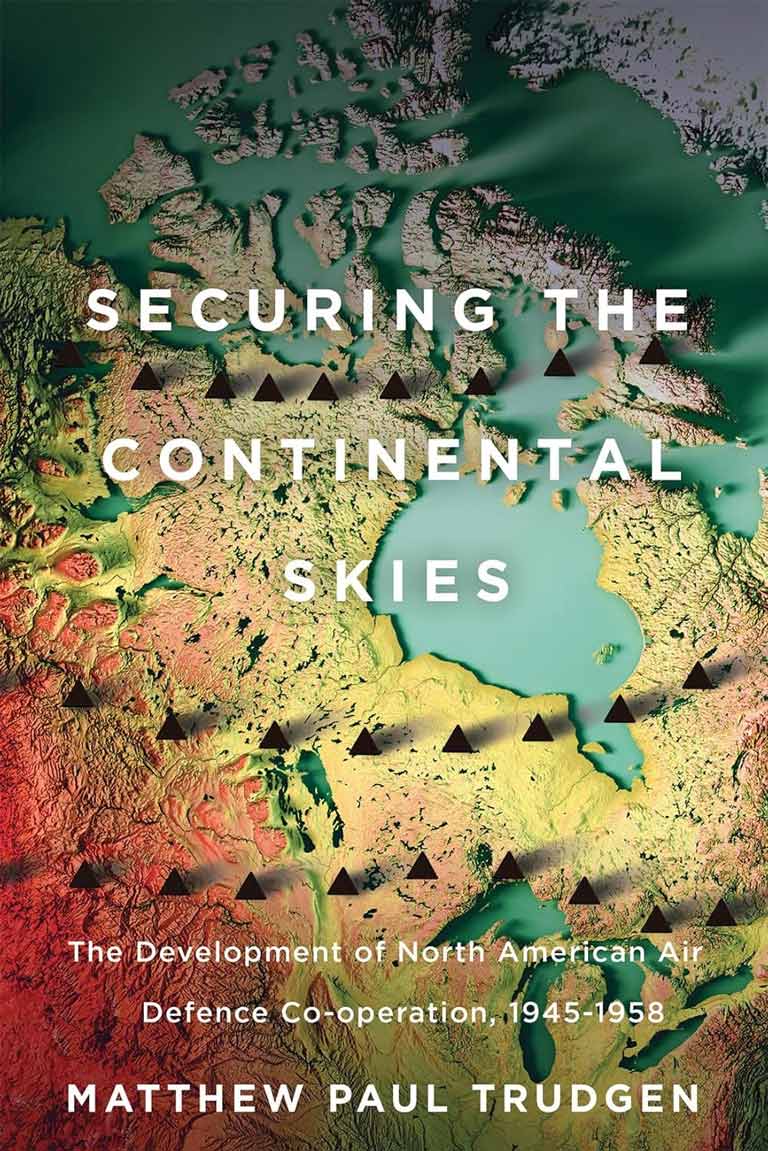
Securing the Continental Skies
The Development of North American Air Defence Co-operation, 1945–1958
by Matthew Paul Trudgen
Securing the Continental Skies uses archival sources to offer new insights into the development of the North American air defence system during the 1940s and 1950s. Despite the initial peacetime relationship between Canada and the United States, each country developed its air defence systems according to its unique ideas of national security. In Canada, Trudgen analyses how these ideas were negotiated among different ministers and government departments, while in the United States, he assesses the different approaches of the Truman and Eisenhower administrations. The book provides new perspectives on military co-operation between the two countries.
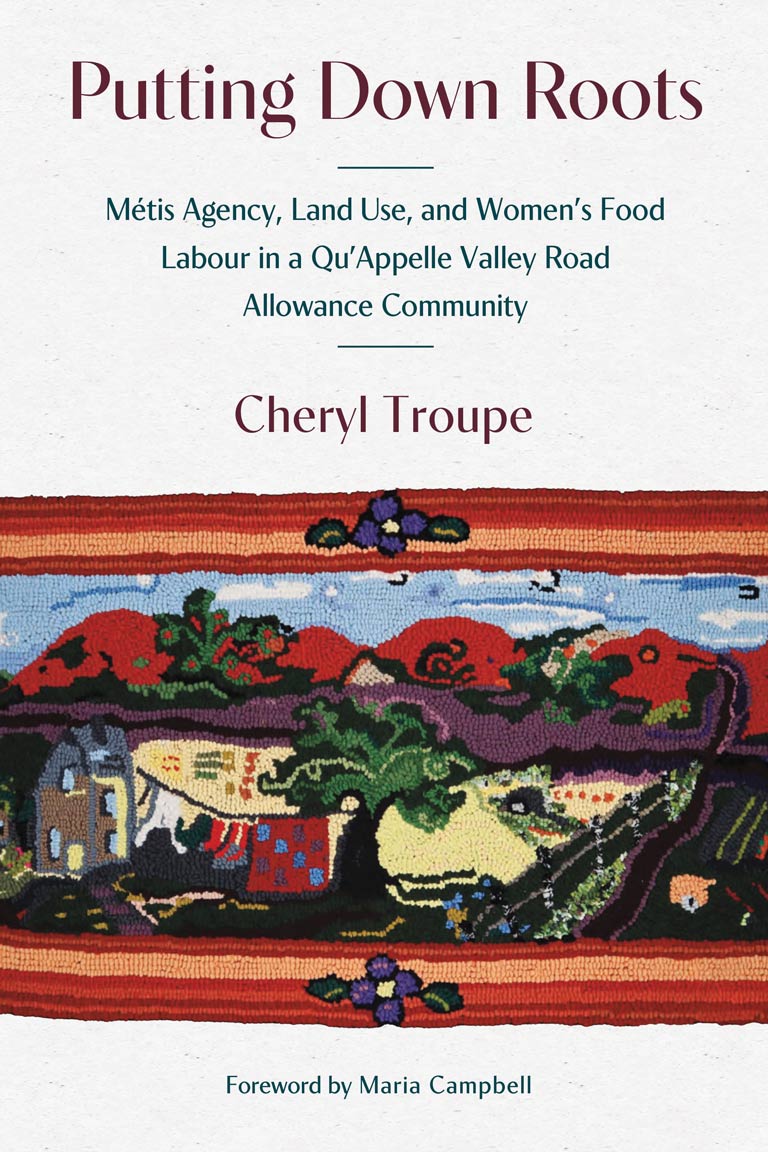
Putting Down Roots
Métis Agency, Land Use, and Women’s Food Labour in a Qu’Appelle Valley Road Allowance Community
by Cheryl Troupe
Putting Down Roots reframes Métis road allowance communities as sites of profound resistance and resilience, restoring Métis life in places, times and scholarship where it has been obscured by settler narratives.
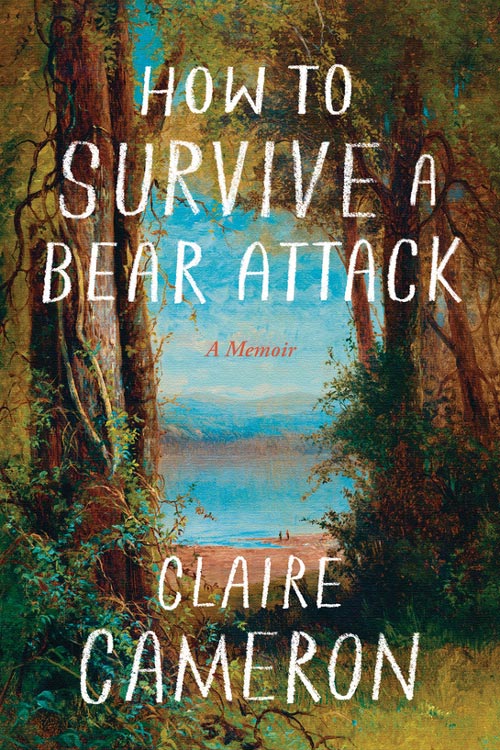
How to Survive a Bear Attack
A Memoir
by Claire Cameron
In this debut memoir from the bestselling author of The Bear, Claire Cameron confronts the rare genetic mutation that gave her cancer by investigating an equally rare predatory bear attack. Seamlessly weaving together nature writing with true crime investigation, How to Survive a Bear Attack is at once an intimate portrait of an extraordinary animal, a bracing chronicle of pain, obsession and love, and a profoundly moving exploration of how we can understand the wildness that lives inside us.

Founding Folks
An Oral History of the Winnipeg Folk Festival
by Kevin Nikkel
Founding Folks is a testament to the vitality of prairie arts and culture. More than 90 photographs capture the spirit and enthusiasm of those early festival days and preserve this legacy for festival goers, students of culture and history, music enthusiasts and folkies everywhere.
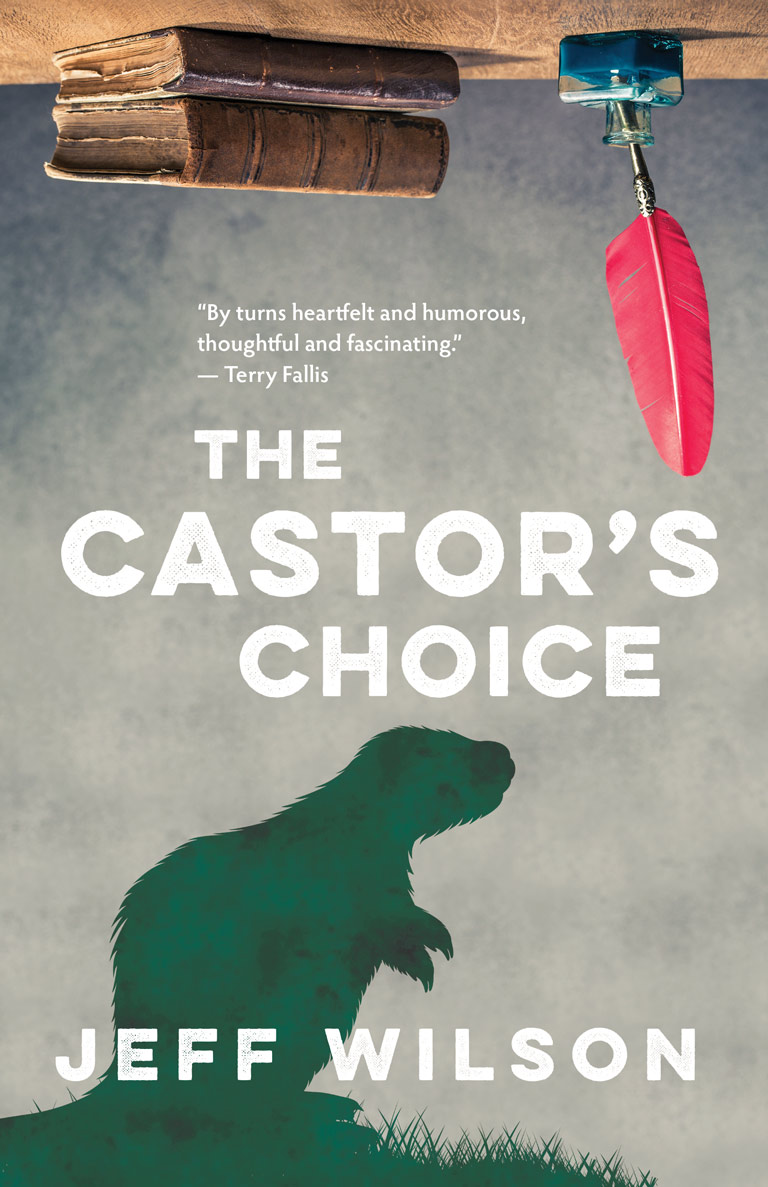
The Castor’s Choice
by Jeff Wilson
In this comedic campus story, young, clever and compassionate history professor John E. McDonald battles the freight of his name, a Gordian knot of confused paternity and the terminal illness of his beloved brother as he searches for love and purpose amid competition for a prestigious $16 million academic prize.
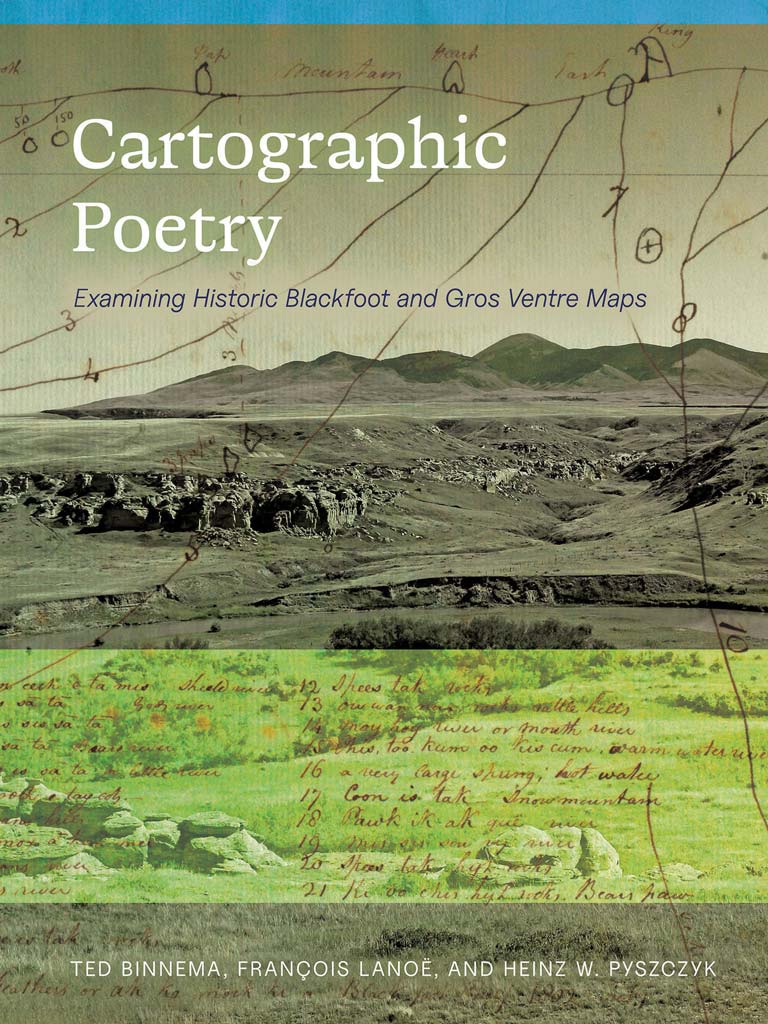
Cartographic Poetry
Examining Historic Blackfoot and Gros Ventre Maps
by Ted Binnema, François Lanoë, and Heinz W. Pyszczyk
Cartographic Poetry is the first book-length, multidisciplinary study of five maps drawn in 1801 and 1802 by Blackfoot and Gros Ventre people for the HBC. The landforms and locations on the maps hold significance for the Blackfoot well beyond wayfinding. The authors analyze the maps, their place names and features, and the trips they may have supported, along with present-day photos. The book will appeal to readers interested in how Indigenous peoples perceived and navigated their territories.
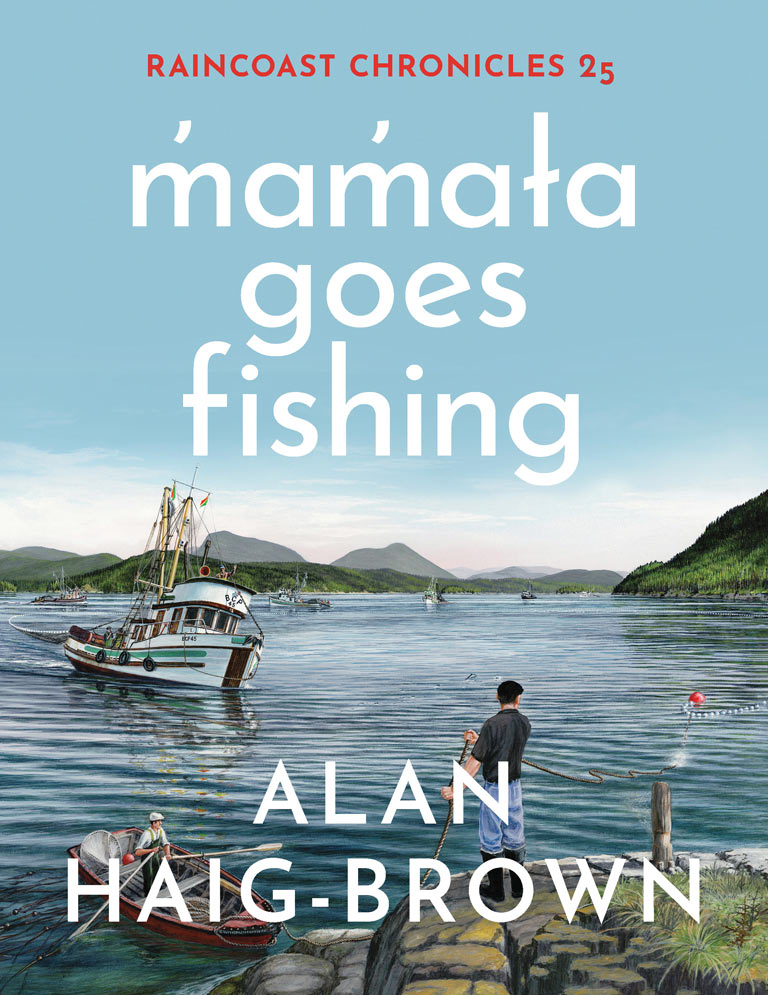
Raincoast Chronicles
m̓am̓ała Goes Fishing
by Alan Haig-Brown
The 25th edition of Raincoast Chronicles intertwines Alan Haig-Brown’s experiences of his formative years as a deckhand on a We Wai Kai seiner with the historical and cultural context of British Columbia’s com-mercial fishing industry.

The Historic Churches of Prince Edward Island
by H. M. Scott Smith
This volume was originally published in 1986, the first in a series of three architectural histories of PEI by the award-winning author, historian and architect H. M. Scott Smith. An engaging look at the religious architecture of Prince Edward Island from its origins until 1914, the book describes 41 of the Island’s most prominent historic churches, accompanied by the gorgeous photography of Lionel Stevenson and essays profiling the architects of the day.
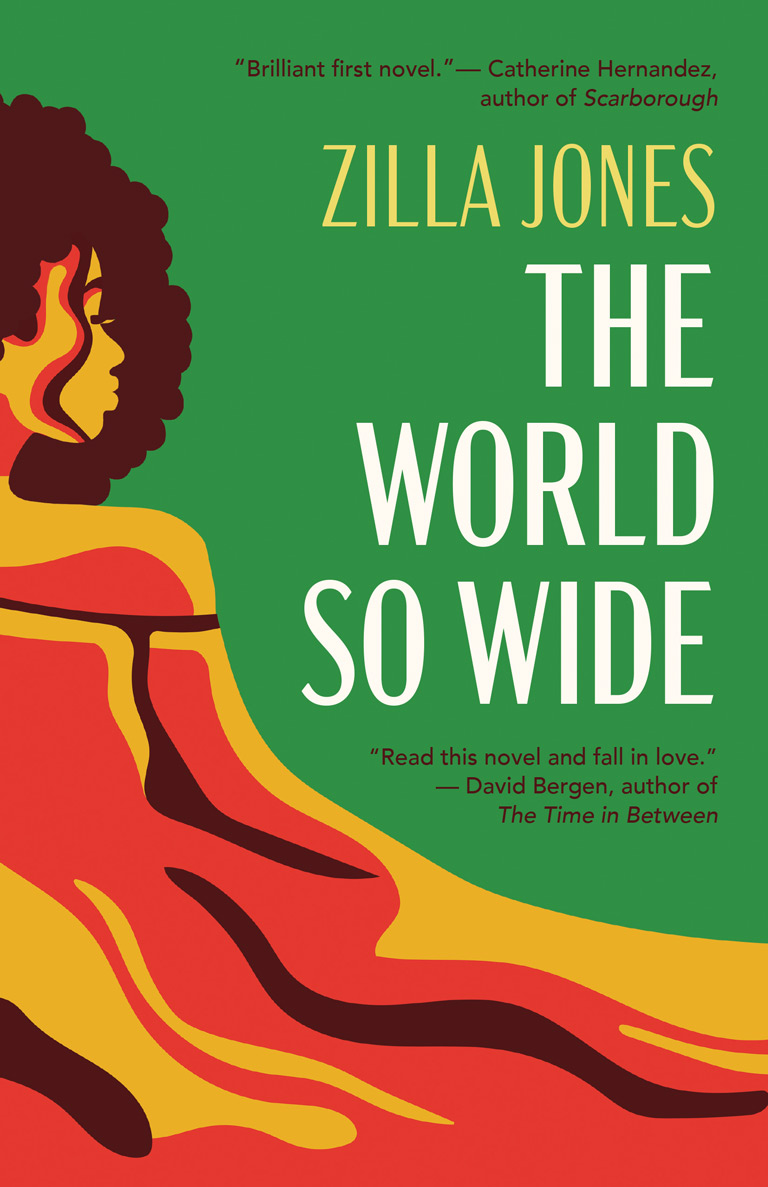
The World So Wide
by Zilla Jones
Grenada, 1983. Opera star Felicity returns to her mother’s homeland to perform a benefit recital and reconnect with a past lover. But when an armed coup traps her under house arrest with her estranged friends in the revolutionary government, she reflects on her life as she navigates political tensions to survive.
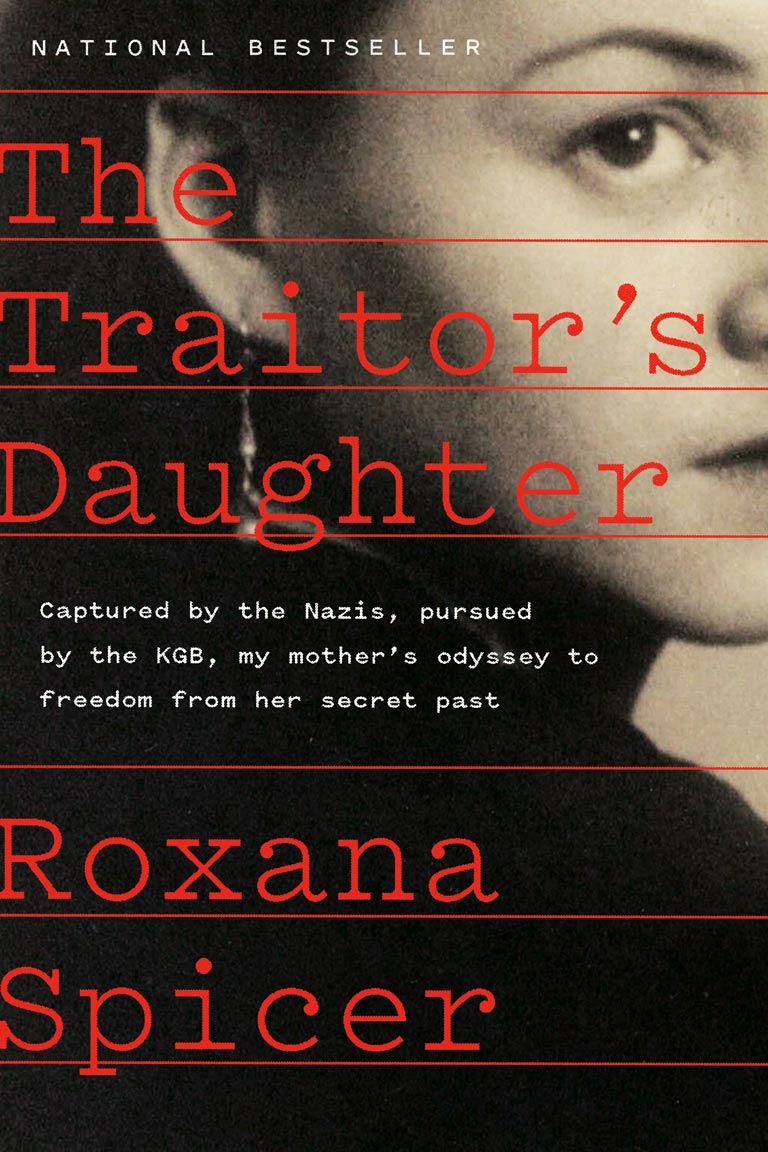
The Traitor’s Daughter
Captured by Nazis, Pursued by the KGB, My Mother's Odyssey to Freedom from Her Secret Past
by Roxana Spices
The Traitor’s Daughter is a stunning true story of Roxana Spicer’s relentless quest for the truth about the past of her extraordinary mother, who was a combat soldier in the Red Army and endured three years of Nazi captivity — but never revealed her darkest secrets. A triumphant story of incred-ible love, sacrifice and resilience, this instant national bestseller is not one to miss.
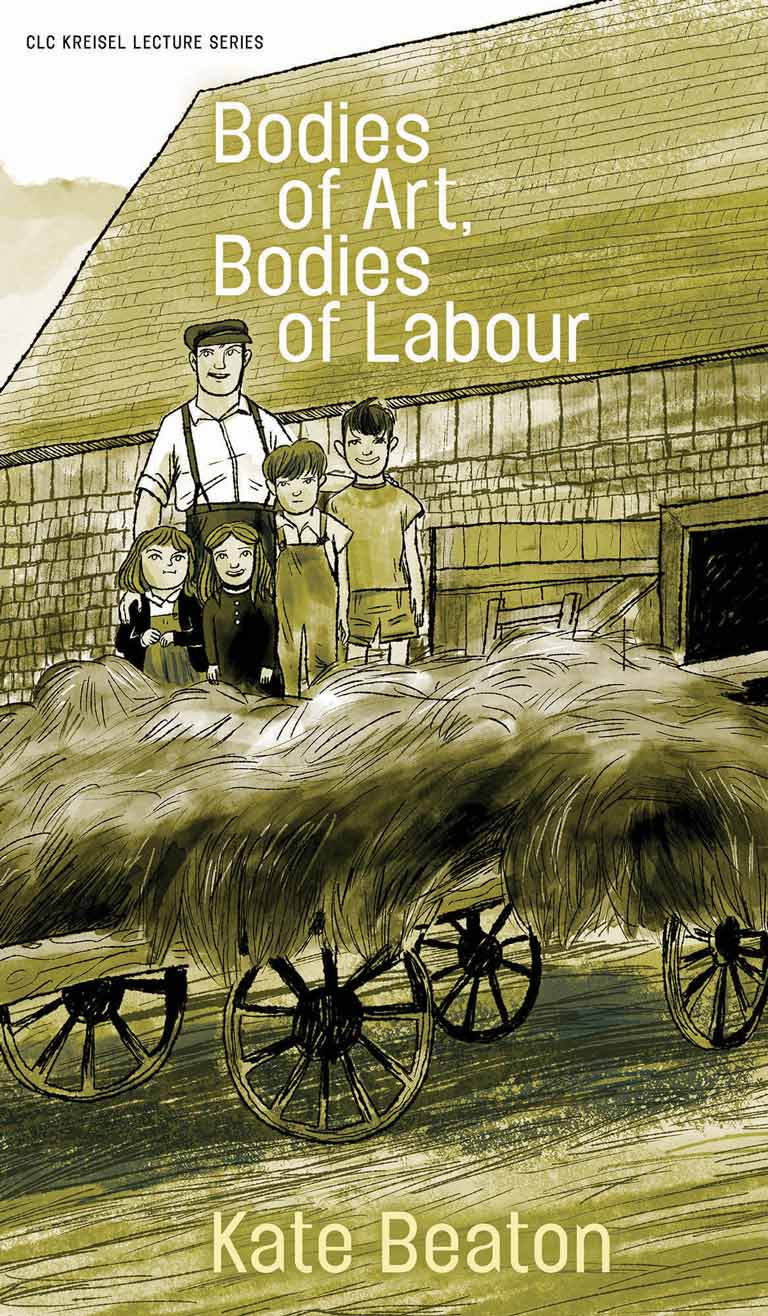
Bodies of Art, Bodies of Labour
by Kate Beaton
Kate Beaton explores connections between class, literature and art from Cape Breton Island. She addresses the fact that people from poor or working-class backgrounds face significant barriers entering the arts scene and shows that if they do not write themselves into stories, others will, often with damaging results. Beaton thoughtfully examines personal and working-class legacies, celebrating the authenticity and power of truly seeing ourselves and each other in the art that we create.
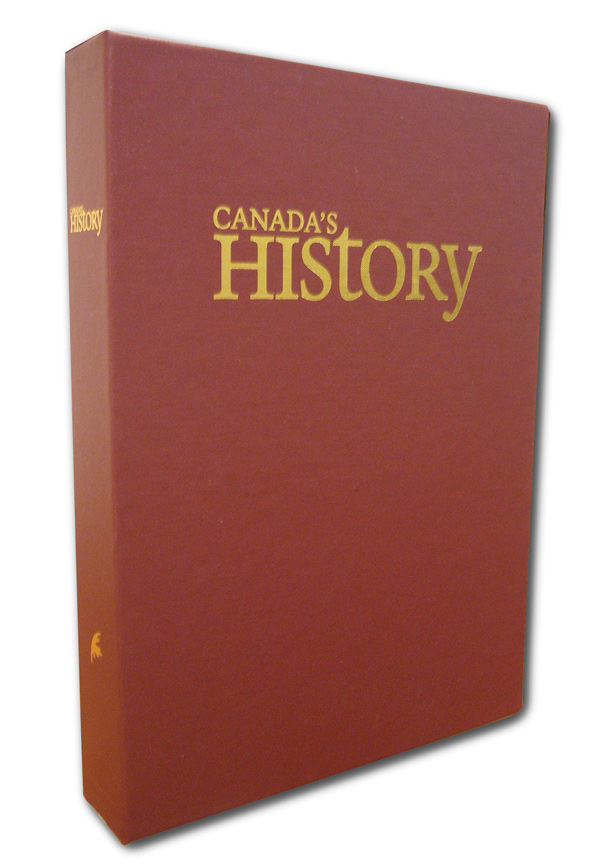
Canada’s History slipcase
Preserve your collection of back issues with this magazine slipcase beautifully wrapped in burgundy vellum with gold foil stamp on the front and spine. Each case holds twelve issues — two years of magazines — and ensures your collection of Canada’s History stays in perfect condition for future reference.

The Historic Houses of Prince Edward Island
by H. M. Scott Smith
The first of its kind, this fully illustrated book examines the evolution of domestic architecture on Prince Edward Island up until the advent of WWI. It describes 82 of the most significant heritage houses on the Island and includes the exquisite photography of Lionel Stevenson, floor plans of buildings and aerial photographs of some of the houses in their rural context. Author Scott Smith is a historian, publisher and architect who has won several awards.
Themes associated with this article
Sponsored by

The 2025 Summer Reading Guide is brought to you by publishers from across Canada.
Advertisement

